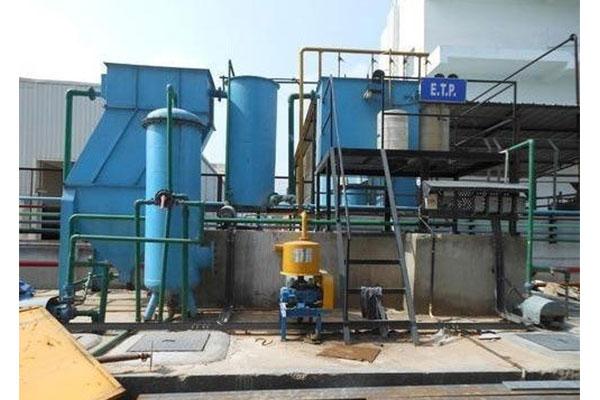-
9809555561
-
zeolitewt@gmail.com
Waste Water Management (Sewage Water Treatment & Effluent Water Treatment) is a process used to remove contaminants from wastewater or sewage and convert it into an effluent that can be returned to the water cycle with acceptable impact on the environment, or reused for various purposes. The treatment process takes place in a Wastewater Treatment Plant (WWTP) or a Sewage Treatment Plant (STP). Pollutants in wastewater are removed, converted or broken down during the treatment process.
The processes involved in waste-water treatment include physical processes such as settlement or flotation and biological processes such as aerated lagoons, activated sludge or bio-films in trickling filters.







A membrane bioreactor (MBR) is a wastewater treatment process combining membrane filtration with biological treatment. This innovative technology offers several advantages compared with the conventionally activated sludge process. Among these advantages are higher biomass concentration, eliminating the needs of secondary clarifiers and improved effluent quality.
Advantages of MBRs over conventional processes include small footprint, easy retrofit and upgrade of old wastewater treatment plants. It is possible to operate MBR processes at higher mixed liquor suspended solids (MLSS) concentrations compared to conventional settlement separation systems, thus reducing the reactor volume to achieve the same loading rate.
The core technology inside the MBR system is the membrane filtration unit which consists of ultra filtration membranes, arranged on stainless steel frame. The filtration reduces virus and bacteria by 99.9999%. Filter surfaces are continuously aerated through bubble diffusers to keep them clean. The membranes don’t need regular chemical cleaning except one or two maintenance clearings per year.
MBBR combines many of the strengths of biological processes, specifically an activated sludge process and biofilm media, while eliminating or minimizing the shortcomings that tend to come with biological processes for wastewater treatment. Because of the many benefits it offers, MBBR has become a popular mode of biological wastewater treatment. The MBBR system consists of an activated sludge aeration system where the sludge is collected on recycled plastic carriers. These carriers have an internal large surface for optimal contact water, air and bacteria.
MBBR uses plastic carriers covered in biofilm to decompose waste. In addition to being an effective means of removing organic substances, MBBR is also an innovative method for nitrification and de-nitrification.
Electrocoagulation is a process to remove the suspended solid from wastewater by using electricity to neutralize the negative particles by the formation of hydroxide complexes in water to gather the suspended solid, help bridge, bind and strengthen the floc for sedimentation due to gravity force.
The filtered water through pre-treatment will be further treated in Ultra filtration system. Ultra Filtration System is a low-pressure membrane process in which particulate colloidal and high molecular weight material is filtered from the effluent. Ultra filtration consists of Hollow Fiber Membranes. Ultra filtration system works at a "Recovery" in the range of 80 - 90%. But the reject can be re circulated after clarification and filtration using Existing units so that effective recovery will be near to 100%.Membrane filtration is a physical separation process; there are no chemical additives, polymers, flocculation tests or sludge disposal problems. The Ultra-filtration membranes are cleaned intermittently to remove any possible gel layering of any foul ants. The Ultra-filtration membranes offered are out to in and also Chlorine compatible.